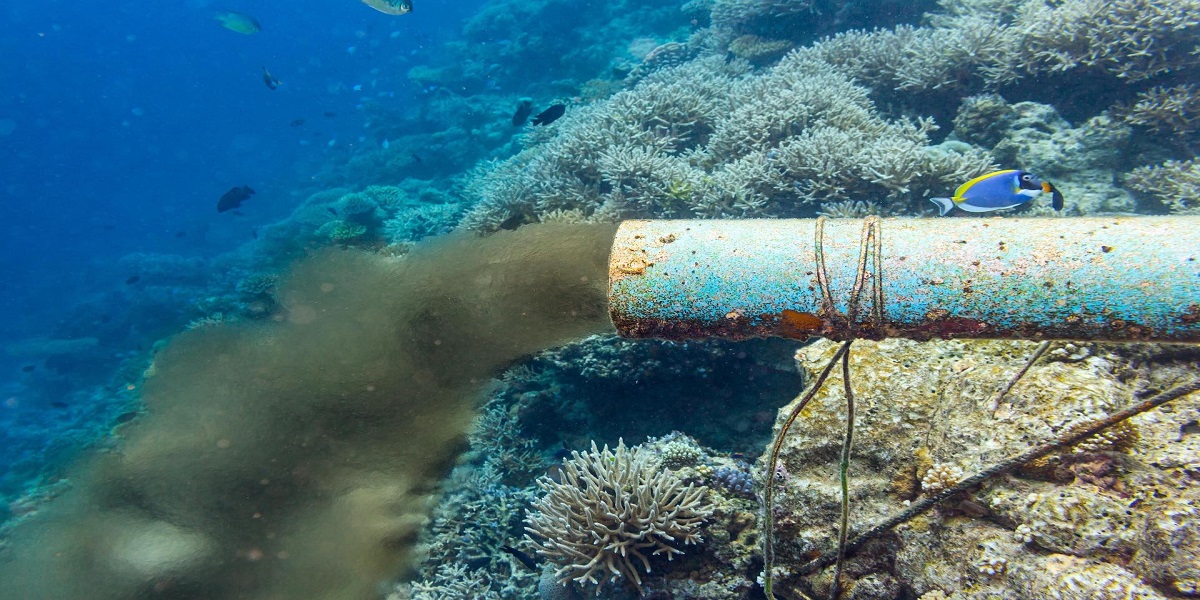Waste leakage into aquatic habitats is a major global concern, endangering ecosystems and human health. Inadequate trash disposal and management, particularly for plastic debris, has contaminated nearly every major ocean basin, seashores, streams, lakes, and even distant regions such as the North Atlantic and Antarctic. While prior research has mostly focused on quantifying the release of plastic into the oceans, a full assessment of wastewater leakage into aquatic areas from a waste disposal standpoint is lacking. This article delves into a revolutionary study undertaken by experts at the International Institute for Applied Systems Analysis (IIASA), which uses a waste systems approach to identify pollution hotspots and provide solutions.
The extent of Waste Pollution:
Global trash creation has steadily increased, driven by rising populations, urbanization, and consumerism. The World Bank predicts that the world creates around 2.01 billion tonnes of solid municipal waste each year. It is estimated that roughly 33% of it is not handled in an environmentally sustainable manner. This huge volume of waste contains a variety of components, including plastics, glass, paper, glass, metallic substances, and biological matter. All of which contribute to pollution when inadequately managed.
Plastic garbage is especially harmful because of its longevity and resilience in the environment. Plastic recycling, unlike organic substances that dissolve, can take several years to degrade before fragmenting into microplastics. These microscopic plastic particles are now prevalent in our surroundings, having been discovered in the deepest parts of the ocean, inaccessible islands, and even the glaciers of the Arctic and Antarctic. The existence of microplastics in aquatic ecosystems endangers marine life, which can eat these particles, causing physical injury, chemical exposure, and possible transmission up the food chain to humans.
Discovering Wastewater Leakage Hotspots:
The IIASA researchers used a waste systems viewpoint to evaluate waste disposal in aquatic habitats. This method considers the full waste lifecycle, from creation and accumulation to dumping and leakage. By researching waste management systems around the world, the researchers hoped to identify specific places where garbage is most prone to leak into lakes, rivers, and coastal areas.
The analysis revealed several major areas where waste leaks are most common. These hotspots include regions of Africa, India, China, and South Asia. These areas are distinguished by fast-increasing populations, urbanization, and insufficient waste management infrastructure. Due to a lack of effective garbage collection and destruction systems in these locations, large amounts of waste reach aquatic habitats, contributing to pollution and ecological harm.
Major Reasons for Wastewater Leakage:
Municipal Solid Waste:
Municipal solid waste (MSW) refers to ordinary goods wasted by individuals, such as food leftovers, packaging materials, home furnishings, and yard debris. According to the study, the identified hotspots account for almost all of MSW leakage into marine environments. This leakage increases by open dumping, unmanaged landfills, and a lack of composting and recycling services.
Agricultural and Industrial Waste:
Besides MSW, agricultural and industrial processes cause waste leaks. Chemicals, toxic metals, and other dangerous compounds found in industrial waste can contaminate bodies of water. Agricultural waste, including leftover pesticides and animal excrement, can potentially pollute rivers and lakes. Effective oversight of such waste streams is critical for minimizing their influence on aquatic habitats.
Requiring Standardized Framework:
Florian Lindl, a coauthor of the paper and a researcher at the IIASA Pollution Management Study Group, highlights the critical need for a uniform framework to track trash generation, composition, and flow. Such a methodology would give uniform and comparable information across geographies and periods, allowing for a more precise evaluation of waste management techniques and effectiveness.
A uniform framework would also make it easier to track the efficacy of various waste management strategies, such as economic, political, and technological interventions. By tracking the results of various tactics, stakeholders and policymakers can discover efficient methods and areas for progress. This evidence-based strategy can help to build more efficient and long-lasting waste management policies.
Bridging a Critical Gap:
The research team emphasizes that their findings fill a critical gap in our comprehension of how waste management processes play a key role in mitigating diverse environmental hazards. Appropriate waste management systems are critical for limiting trash leakage, lowering pollution levels, and safeguarding ecosystems. By investigating the interplay between waste management and waste leakage, the study sheds light on the variables that lead to pollution and the measures required to reduce it.
The study identifies numerous viable methods for minimizing pollution in aquatic areas. These include enhancing garbage gathering and elimination infrastructure, encouraging reusing and composting, and enacting regulations that encourage decreased waste and reuse. By implementing these techniques, communities can reduce waste disposal and its environmental impact.
Developing Regulations and Encouraging Sustainable Techniques:
Policy influences waste management techniques and promotes sustainability. Governments can enact legislation and provide incentives to promote minimizing waste, recycling, and appropriate disposal. Regulations on single-use plastics, for example, as well as increased accountability programs and monetary incentives for recycling, can all help to improve waste management practices.
Alongside policy efforts, encouraging sustainable purchasing habits is critical to minimizing waste generation. Awareness-raising campaigns, educational initiatives, and activities that promote conscious consumerism can assist individuals in making more environmentally responsible decisions. Individuals can help to reduce the environmental impact of their activities by lowering intake, evaluating product use, and implementing reuse methods.
Conclusion:
Waste leakage into marine habitats is a danger to biodiversity and public health. The IIASA study presents a complete waste management assessment, pinpointing waste leakage hotspots and underlining the importance of enhanced waste management systems. Effective pollution reduction and ecosystem preservation strategies can be built by tackling various waste streams at the same time and providing a consistent framework for waste monitoring. This knowledge is critical for developing regulations and supporting sustainable practices that reduce our environmental footprint. As the cause of the trash dilemma, it is our job to change our habits to decrease consumption through refuse, rethink, and reuse techniques.

